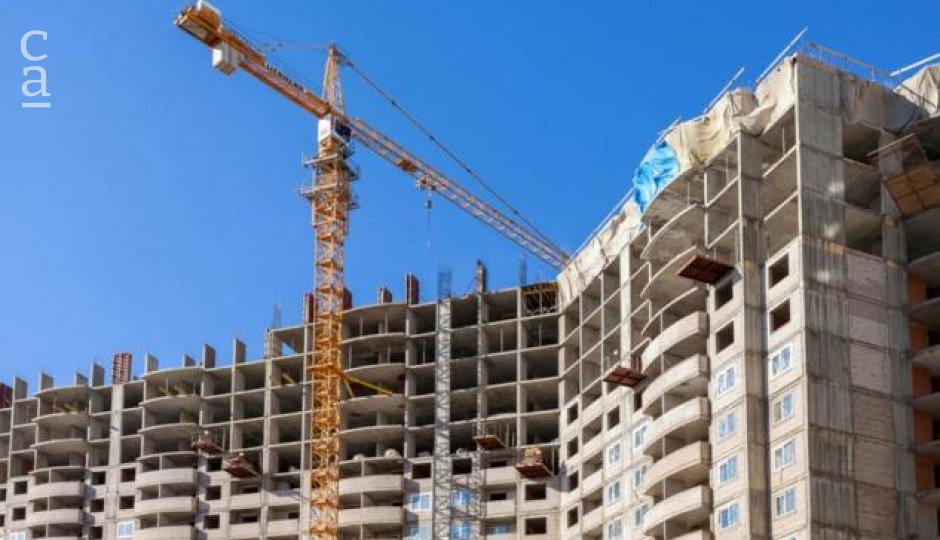Africa’s Construction Sector Set to Grow at a CAGR of 6.4% by 2024
This Compound Annual Growth Rate (CAGR) estimate is according to Reporterlinker’s 'Africa Construction Market - Growth, Trends, and Forecast (2020-2025)' report.

According to the report, the growth results from accruing benefits, including the availability of enormous natural resources, significant investment opportunities in energy and infrastructure, a fast-growing consumer market, and cheap labor availability. Also, there is a beneficial business environment that includes favorable economic development policies and rising commodity prices.
The continued fight
Want to continue?
Subscribe to get access to premium content
By subscribing you get access to the Newsfeed, Tenders, Events

